condor1992
Well-known member

In July, I visited Alicante in Spain and, despite the searing heat, managed to see quite a lot of interesting things, although there was no repeat of the spring, where a lesser flamingo and 3 elegant terns turned up in the area.
My main target was what I call the azurewing, Coracias garrulus. I had failed to see it in the spring and had been waiting for a long time to see them. I did get more than I bargained for after visiting a certain popular area for them north of La Marina. Last year, the peak count was 5 birds, but now the colony has expanded to 12 birds in 5 different spots here. And I got some incredible views of the birds as a result.
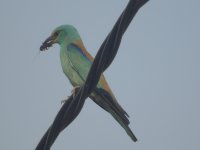
There were also bee-eaters and woodchat shrikes present, but the great spotted cuckoos were very elusive. Azurewings also occur in vast palm plantations near El Hondo, where they are far more difficult to find but are present in a more 'natural' setting. It was in this area where I had the most incredible encounters with this species so far.


There was one other place I regularly visited, which was Clot de Galvany. Purple herons were present, and night herons too, but there were absolutely no squacco herons this year beyond a distant one seen just the once. Indeed, night herons had become far fewer in number, whilst the number of purple herons has largely stayed the same.
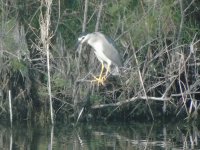
Little bitterns were as usual difficult to find, but I eventually managed to see a pair despite the searing heat.
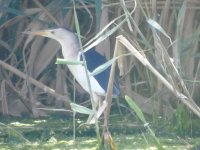
White-headed ducks were easy to observe, and this year they were joined by ferruginous ducks, which seem to have colonised for good and are a far, far rarer species in this region. By contrast, I saw a marbled duck only once, after which it became extremely elusive.
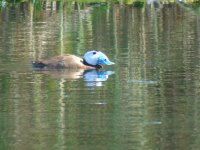
The crested coots seem to have also successfully colonised the area from the reintroduction project from El Hondo, and rainbows were abundant.
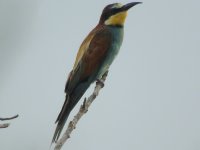
The one bird which so far disappointed was the red-necked nighthawk, which was very easy to observe but, with my lens, extremely hard to photograph despite once landing 5m away from me and sitting there for a long time!
I also did finally manage to see a green flash at sunset, as the sun was setting over a nearby mountain.
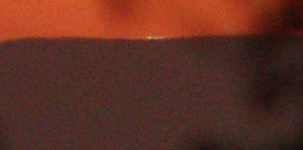
When I returned to the UK, I went out for orchids, but instead found an incredibly rare mushroom. This fungus, Boletus pseudosulphureus, has been found in the UK only 19 times prior, and never before in Norfolk. Subsequently this astounding record was confirmed by the Norfolk county recorder.
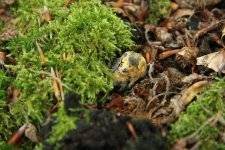
And I of course did see broad-leaved helleborine orchids
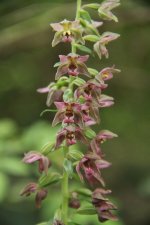
My main target was what I call the azurewing, Coracias garrulus. I had failed to see it in the spring and had been waiting for a long time to see them. I did get more than I bargained for after visiting a certain popular area for them north of La Marina. Last year, the peak count was 5 birds, but now the colony has expanded to 12 birds in 5 different spots here. And I got some incredible views of the birds as a result.

There were also bee-eaters and woodchat shrikes present, but the great spotted cuckoos were very elusive. Azurewings also occur in vast palm plantations near El Hondo, where they are far more difficult to find but are present in a more 'natural' setting. It was in this area where I had the most incredible encounters with this species so far.


There was one other place I regularly visited, which was Clot de Galvany. Purple herons were present, and night herons too, but there were absolutely no squacco herons this year beyond a distant one seen just the once. Indeed, night herons had become far fewer in number, whilst the number of purple herons has largely stayed the same.

Little bitterns were as usual difficult to find, but I eventually managed to see a pair despite the searing heat.

White-headed ducks were easy to observe, and this year they were joined by ferruginous ducks, which seem to have colonised for good and are a far, far rarer species in this region. By contrast, I saw a marbled duck only once, after which it became extremely elusive.

The crested coots seem to have also successfully colonised the area from the reintroduction project from El Hondo, and rainbows were abundant.

The one bird which so far disappointed was the red-necked nighthawk, which was very easy to observe but, with my lens, extremely hard to photograph despite once landing 5m away from me and sitting there for a long time!
I also did finally manage to see a green flash at sunset, as the sun was setting over a nearby mountain.

When I returned to the UK, I went out for orchids, but instead found an incredibly rare mushroom. This fungus, Boletus pseudosulphureus, has been found in the UK only 19 times prior, and never before in Norfolk. Subsequently this astounding record was confirmed by the Norfolk county recorder.

And I of course did see broad-leaved helleborine orchids




